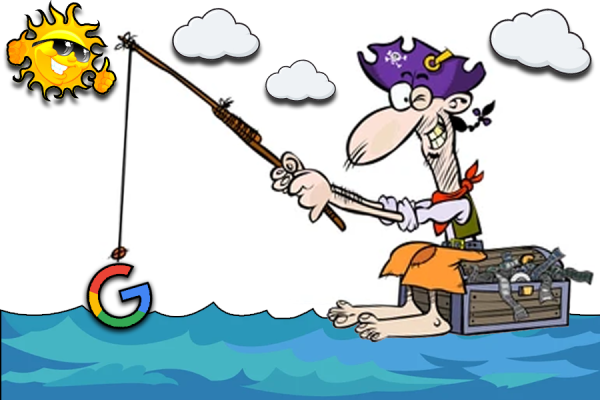Oculus Quest 2: The Low End King
Virtual reality (VR) is finally ready for store shelves, thanks to Oculus and Facebook. Well, not completely, but for the current market, stuck in quarantine with no other thoughts but the need to escape, it’s the best it can be. The main problem is that the market is completely split in two. There are high-end VR headsets that cost upwards of $1,000 and require a powerful personal computer (PC) to run. However, there is a low-end headset from Oculus that starts at $299, runs off of a similar processor that your phone uses, and is one of the best pieces of technology that I’ve seen since the start of quarantine: the Oculus Quest 2.
Let’s start with the high-end area of virtual reality. The most popular high-end VR headsets are the HTC Vive and the Valve Index. With the Vive being sold at around $570 and the Valve Index starting at $999, these headsets aren’t very good for people new to VR, especially because those prices don’t include the high-power PC you need to run them. Though these headsets offer great comfort, sound, and visual quality, the price of this area of headsets is just way too high, especially for beginners.
So let’s go to the low-end of VR. No, not the 1,000 different versions of the headsets where you slide your phone in and watch a 360° Youtube video. We’re talking about actual VR. In the low-end area, the Oculus Quest 2 reigns supreme. As in it’s the only headset that dares to drop below a $500 price tag. Featuring inside-out room tracking (cameras on the headset track where you are in the room), a great display, hand tracking, many exclusive games and a starting price of $299, the Oculus Quest 2 is magical. It doesn’t even require a PC!
I’ve been playing with this thing for the past couple of months, and it has been an amazing experience. The beauty of an untethered headset like this is that it is so much more immersive, like accidentally punching your wall immersive. The graphics paired with the great tracking and high-resolution display fully transport you to the world of the game. I can’t tell you how many times I have almost put a hole in the wall from playing Echo VR a little too vigorously. The headset has many exclusives such as the new Star Wars: Tales from Galaxy’s Edge game, and it also comes with many games that were ported over to the Quest from other devices. Some of the best games on it are Star Wars: Vader Immortal, Superhot, and Echo VR, as well as many other games that look and feel amazing. The problem is that it’s still a $299 headset, so there are going to be a few drawbacks. The sound on the headset is passable but nothing special. There are speakers built into the head strap that sound alright, but if you really want to hear every dubstep thwomp from Beat Saber or get true directional audio in Vader Immortal, you’re going to need to plug in some headphones. Luckily, the headset has an AUX port and low latency Bluetooth to connect a headset with.
The Quest 2 went through a large design change from the original Quest. The headset is now considerably lighter and more compact than the original. Though this adds to the general comfort of the device, it comes with a major decrease in battery life. This is definitely the worst feature on the device by far. You could use this headset for an hour, let it sit overnight, and it would be dead the next morning. The charging isn’t considerably fast either; you can charge it for about 15 minutes and get about 20-25 minutes of playtime out of it. Personally, I would have preferred a slightly larger headset with a better battery than a smaller one with worse battery life.
All in all, the Quest 2 is amazing, surpassing all other standalone VR headsets on the market. The biggest problem is that there isn’t any competition like there is in the higher end of the VR industry. Valve (Index), HTC (Vive), and even HP (Reverb G2) are all trying to surpass each other trying to increase the field of view, resolution, and comfort. Oculus, on the other hand, is sitting comfortably at the top of the low-end headsets, with the only piece of hardware even close to surpassing it being the original Quest. The lack of competition will most likely become detrimental for the consumer with Facebook already forcing new players to log in with a Facebook account to use the Quest 2. Competition needs to come soon to push the boundaries of what’s possible in a lower-priced headset.

Ben Radspinner is a senior and third year photographer for the Zephyr. This is Ben's second year as the photography editor and he is excited to up his...












